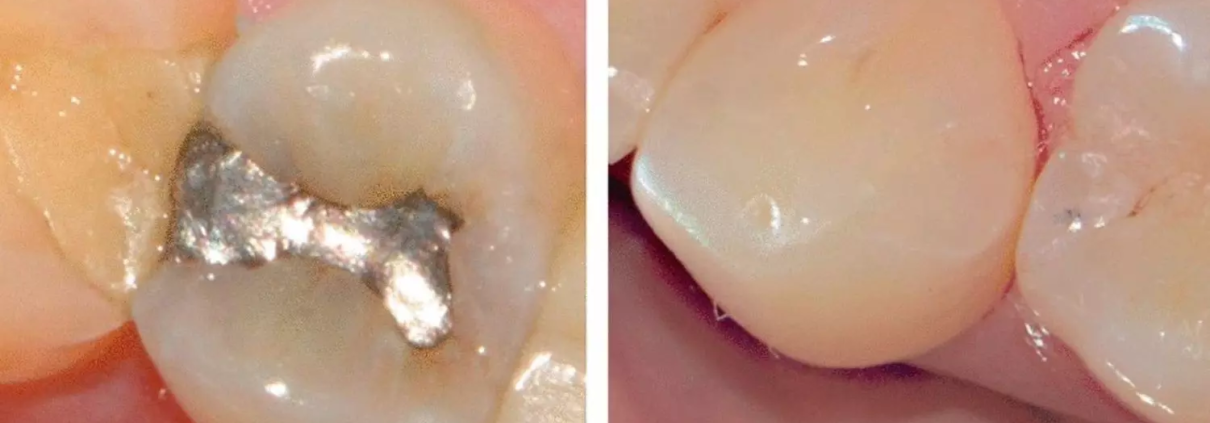A Year-Long Clinical Study Compares Self-Adhesive and Conventional Bulk-Fill Composites in Class II Cavities

Egypt: In the realm of dental care, advancements in materials and techniques continually shape the landscape of treatment options available to patients. A recent randomized controlled clinical study conducted over a year has shed light on the comparative efficacy of self-adhesive and conventional bulk-fill composites in treating Class II cavities. The study, published in the Journal of Esthetic and Restorative Dentistry, offers valuable insights into the performance of these two commonly used dental materials.
In the study, the researchers compared the efficacy of self-adhesive and conventional bulk-fill composites in class II restorations over 12 months. They found that both materials met Federation Dentaire Internationale criteria, with the self-adhesive composite demonstrating comparable biological and functional performance to the conventional composite. However, the conventional composite exhibited superior esthetic qualities.
Class II cavities, which occur on the sides of molars and premolars, pose unique challenges for dental restorations due to their location and the forces they endure during chewing. In the study, Mohamed S. Ellithy, Conservative Dentistry Department, Faculty of Dentistry, Alexandria University, Alexandria, Egypt, and colleagues compared the clinical efficacy of self-adhesive bulk-fill Surefil One with a traditional bulk-fill composite in class II restorations.
For this purpose, the researchers included sixty-four direct class II composite restorations. They were categorized into two groups: Group I, control group (n = 32): cavities were restored by Filtek One bulk-fill composite with Scotchbond Universal (SBU) adhesive in self-etch mode, Group II, test group (n = 32): cavities were restored by Surefil One self-adhesive bulk-fill composite.
The follow-up period was one year, during which restoration assessment was done at baseline (BL), six months, and 12 months using Federation Dentaire Internationale (FDI) criteria. Data analysis was performed using nonparametric tests. A comparison of restoration characteristics was performed.
The study led to the following findings:
- Filtek One and Surefil One bulk-fill composites revealed clinically acceptable FDI scores over 12-month recalls.
- Thirty-two patients (64 restorations) were available for all follow-up visits; 100% of the restorations survived.
- For esthetic properties, Filtek One was far better than Surefil One at all time points.
- In terms of functional and biological properties, both restorations demonstrated comparable performances.
“Filtek One bulk-fill restorations were superior in terms of surface staining, surface luster, color match, and translucency, but Surefil One restorations performed well and were comparable to Filtek One restorations,” the researchers wrote. “However, there is a need for additional advancements and research to obtain better esthetics. Furthermore, there is a need for longitudinal studies with extended follow-up periods to assess the clinical potential of both materials.”
Reference:
Ellithy, M. S., Abdelrahman, M. H., & Afifi, R. R. Comparative clinical evaluation between self-adhesive and conventional bulk-fill composites in class II cavities: A 1-year randomized controlled clinical study. Journal of Esthetic and Restorative Dentistry. https://doi.org/10.1111/jerd.13242



